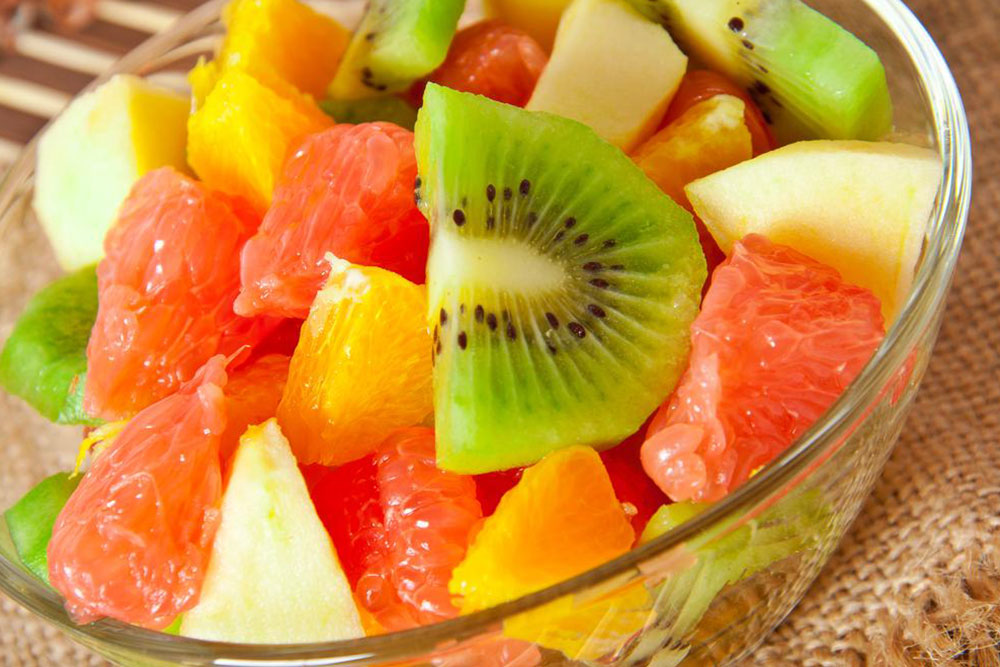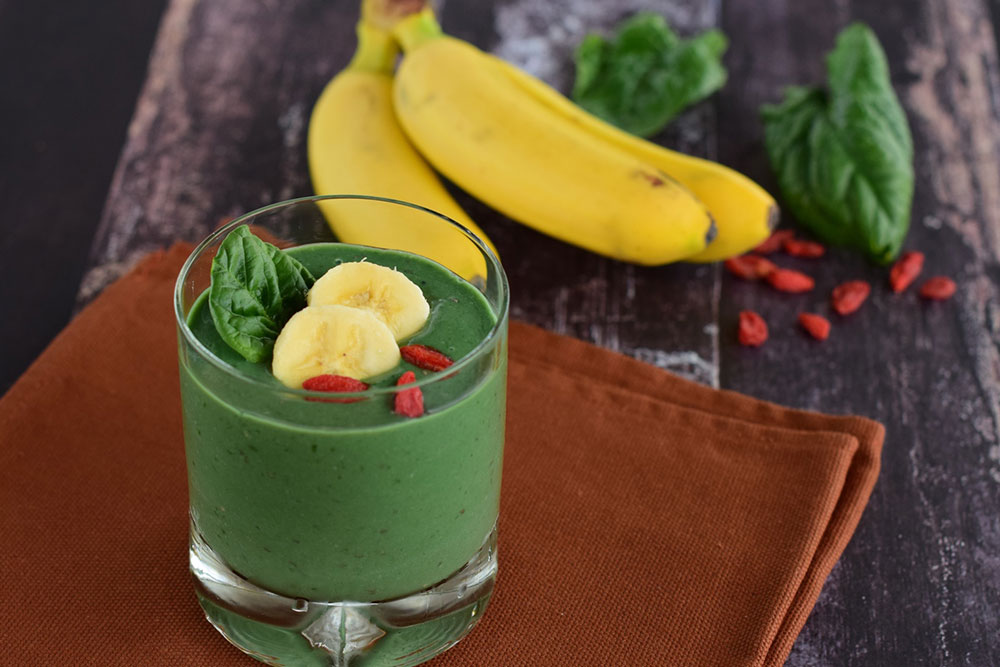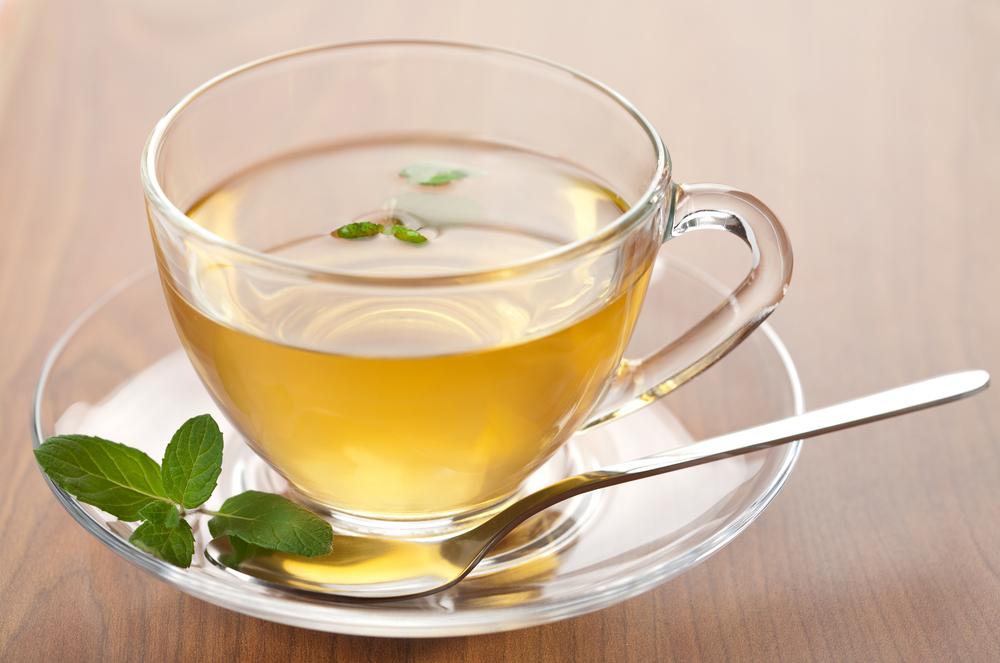Comprehensive Guide to Managing Gout with Nutrition: Essential Dietary Choices and Precautions
This detailed guide explores how diet impacts gout management, highlighting the best foods to include and those to avoid. It emphasizes the importance of low-purine diets, lifestyle changes, and medical treatment to control uric acid levels and prevent painful flare-ups. By understanding dietary choices, gout sufferers can reduce inflammation, improve joint health, and enhance overall quality of life. This comprehensive resource provides practical advice, food lists, and tips to help manage gout effectively through nutrition and lifestyle modifications.

Effective Strategies for Gout Management Through Diet and Lifestyle
Gout is a form of inflammatory arthritis that manifests through sudden, severe episodes of joint pain, swelling, redness, and tenderness. It primarily targets areas such as the knees, ankles, fingers, wrists, and notably, the large toe. An estimated 8.3 million individuals worldwide experience this condition, making it a significant health concern globally. The root cause of gout lies in elevated uric acid levels in the blood, a waste byproduct produced during the digestion of foods rich in purines. When uric acid accumulates beyond normal thresholds, it crystallizes and deposits in joints, leading to intense inflammation and pain.
Understanding the link between diet and gout is crucial for preventing flare-ups and managing symptoms effectively. While some individuals may experience sporadic attacks, others face recurrent episodes if their uric acid levels remain uncontrolled. Lifestyle modifications, dietary adjustments, and medical interventions form the cornerstone of comprehensive gout management. A key aspect of controlling this condition involves identifying which foods to embrace and which to avoid—knowledge that empowers sufferers to make healthier choices and reduce the frequency and severity of gout attacks.
This in-depth guide underscores the importance of diet in gout control, detailing the best foods to integrate into daily meals and those to steer clear of. Understanding the influence of nutrition on uric acid levels can dramatically improve quality of life for those affected by gout.
How Diet Affects Gout: The Connection Between Uric Acid and Food Choices
Gout is closely linked to the body's ability to process and eliminate uric acid. Foods high in purines are broken down into uric acid during digestion; excessive intake can overwhelm the body's clearance mechanisms, leading to uric acid buildup and crystal formation. While the body can usually handle moderate purine levels, individuals with gout, or those prone to it, struggle to metabolize large amounts, making diet a pivotal factor in disease management. Scientific research supports that combining medication with a low-purine diet significantly reduces the risk of flare-ups and accelerates recovery from acute attacks.
Foods to Incorporate for Gout Prevention and Management
Even with strict dietary restrictions, it is possible to enjoy a nutritious, delicious diet that supports gout management. Focus on low-purine foods—those containing less than 100 milligrams of purines per 100 grams—which are generally safe to consume regularly. These foods include a variety of plant-based options, dairy, grains, and certain beverages. Incorporating these into your daily meals can help control uric acid levels without sacrificing nutritional value.
Vegetables: Mushrooms, peas, potatoes, spinach, eggplants, and leafy greens like kale and lettuce are low in purines and rich in essential nutrients.
Fruits: All fruits are beneficial; notably, cherries have been associated with lowered uric acid levels and reduced inflammation. Berries, citrus fruits, and apples can also be included freely.
Whole grains: Foods such as oats, brown rice, barley, and whole wheat bread provide fiber and other vital nutrients that support overall health and may aid in uric acid regulation.
Nuts and Seeds: Almonds, walnuts, flaxseeds, and chia seeds are safe options, offering healthy fats and protein.
Legumes and Plant-Based Proteins: Beans, lentils, tofu, and soy products are moderate-purine foods but can usually be included in controlled portions, especially when managed alongside other low-purine choices.
Beverages: Drinking plenty of fluids is essential. Water, herbal teas, green tea, and moderate amounts of coffee can help dilute uric acid and promote renal excretion.
Dairy Products: Opt for low-fat or fat-free options like skim milk, yogurt, and cheese, which are generally considered safe and may even have protective effects against gout.
Healthy Oils and Condiments: Use oils such as olive, canola, and flaxseed sparingly. Herbs and spices like turmeric, ginger, and garlic add flavor without adverse effects.
Foods to Avoid to Prevent Gout Flares
To minimize the risk of gout attacks, it is crucial to limit or eliminate foods rich in purines—those exceeding 200 milligrams per 100 grams—and foods containing high levels of fructose or added sugars. Be mindful of foods that can trigger sudden increases in uric acid levels, especially when consumed excessively.
High-Purine Meats and Game: Venison, veal, organ meats like liver and kidneys, and other game meats such as pheasant are extremely rich in purines and should be avoided or consumed rarely.
Seafood and Fish: Many types of seafood are high in purines. Sardines, anchovies, mackerel, herring, trout, and shellfish like crab, lobster, and shrimp are notable examples.
Sugary Drinks and Processed Snacks: Sodas, sweetened fruit juices, energy drinks, and processed snacks often contain high-fructose corn syrup and added sugars, exacerbating uric acid levels.
High-Fructose and Sugary Foods: Honey, corn syrup, agave nectar, and sweet desserts like candies, pastries, and ice cream can significantly contribute to uric acid production.
Yeast and Yeast-Based Products: Brewer’s yeast, nutritional yeast, and certain baking products made with yeast may elevate uric acid levels.
Alcohol: Especially beer, whiskey, vodka, and other grain-based liquors have been conclusively linked to increased gout risk due to their purine content and dehydration effects.
Moderation is Key: Balancing Intake for Long-Term Gout Control
Controlling portion sizes of moderate-purine foods like beef, chicken, pork, and certain fish is essential. Keeping weekly intake within advised limits—typically around 115-170 grams—can prevent excessive uric acid accumulation. Incorporating a diet rich in low-purine foods, maintaining a healthy weight, and staying hydrated form a holistic approach to managing gout effectively. Additionally, regular physical activity and avoiding obesity can significantly reduce the frequency and severity of attacks.
This comprehensive dietary guide emphasizes eliminating high-purine foods—including specific meats, seafood, sugars, and alcohol—and prioritizing nutritious, low-purine options. Such an approach, combined with medical advice and lifestyle adjustments, can greatly improve the quality of life for those living with gout, reducing flare-ups and easing joint pain.





